https://www.lonelyplanet.com/sri-lanka/the-hill-country/kandy
Kandy clock tower
https://whc.unesco.org/en/list/450/
Temple of the Sacred Tooth Relic
Sri Dalada Maligawa or the Temple of the Sacred Tooth Relic is a Buddhist temple in the city of Kandy, Sri Lanka. It is located in the royal palace complex of the former Kingdom of Kandy, which houses the relic of the tooth of the Buddha. Since ancient times, the relic has played an important role in local politics because it is believed that whoever holds the relic holds the governance of the country. Kandy was the last capital of the Sri Lankan kings and is a World Heritage Site mainly due to the temple. Bhikkhus of the two chapters of Malwatte and Asgiriya conduct daily worship in the inner chamber of the temple. Rituals are performed three times daily: at dawn, at noon and in the evenings. On Wednesdays, there is a symbolic bathing of the relic with a herbal preparation made from scented water and fragrant flowers called Nanumura Mangallaya. This holy water is believed to contain healing powers and is distributed among those present.
Old Royal Palace
The Royal Palace of Kandy, located to the north of the Temple of the Tooth in Kandy, was the royal residence of the Sri Lankan monarchy of the Kingdom of Kandy in Sri Lanka. The last king to reside in it was King Sri Vikrama Rajasinha. Once part of a large palace complex that included the King's Palace, Royal Audience Hall, Queen's Palace, King's Harem Quarters and Queen's Bathing Pavilion, together with the Temple of the Tooth. Adjacent to the Royal Palace is the Victorian era building that until recently housed Kandy High Court.

Bahirawakanda Vihara Buddha Statue
Kandy Lake
Arthur's Seat, Kandy
Arthur’s Seat is a popular lookout point southwest of Kandy Lake, just past the Royal Palace Park. It is located on Rajapihilla Mawatha at 550 m above sea level. It provides a panoramic view across Kandy Lake, Sri Dalada Maligawa, the Royal Palace of Kandy and the city centre. According to local folklore there was a bungalow owned by a Mr. Arthur, a British tea planter, situated above the lookout, who used to view Kandy by standing on a stone seat under a tree in front of his bungalow. The Kandy Municipal Council estimated in 2015, 1,500 tourists per day visit the location during the peak season, with 500 tourists per day in the off season. In early 2016 the Council undertook the construction of the new viewing platform at the location. The City’s Heritage Committee lodged protests against what it considered was an unsightly structure, which had resulted in the original stone seat being destroyed. The new viewing platform is a 35 m by 5 m concrete deck with a symbolical seat made out of the original rock slab.
ST. Pauls Church
Kandy Lake
Kandy Lake, also known as Kiri Muhuda or the Sea of Milk, is an artificial lake in the heart of the hill city of Kandy, Sri Lanka, built in 1807 by King Sri Wickrama Rajasinghe next to the Temple of the Tooth. Over the years, it was reduced in size. It is a protected lake, with fishing banned
Red Mosque
Royal Botanic Gardens
Royal Botanic Gardens, Peradeniya are about 5.5 km to the west of the city of Kandy in the Central Province of Sri Lanka. It attracts 2 million visitors annually. It is near the Mahaweli River. It is renowned for its collection of orchids. The garden includes more than 4000 species of plants, including orchids, spices, medicinal plants and palm trees. Attached to it is the National Herbarium of Sri Lanka. The total area of the botanical garden is 147 acres, at 460 meters above sea level, and with a 200-day annual rainfall. It is managed by the Division of National Botanic Gardens of the Department of Agriculture.








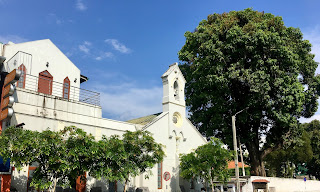










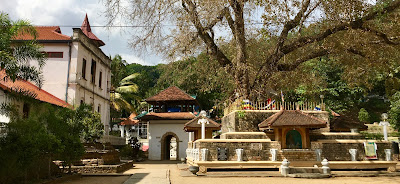













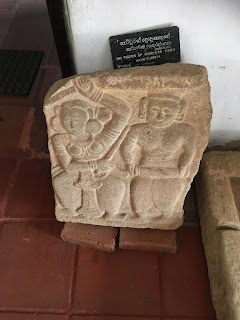












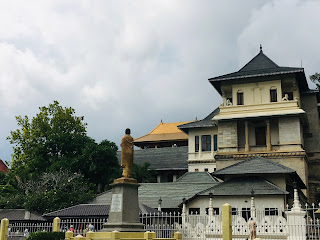
















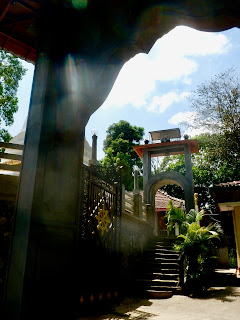






























No comments:
Post a Comment